TL;DR: What you need to know
- For eye allergies (bepotastine 1.5% eye drops), systemic absorption is tiny, so drowsiness is unlikely. Biggest sleep benefit is less itchy, watery eyes at night.
- For oral tablets (used outside the U.S.), drowsiness happens in a minority of users (about 3-5% in Japanese labeling). Much less sedating than first-gen antihistamines.
- Better sleep usually comes from controlling allergy symptoms, not from the drug making you sleepy. Time doses to protect both nights and mornings.
- If you feel groggy, move your dose earlier in the evening. If you feel wired, take it in the morning. Avoid alcohol and other sedatives.
- Compared with cetirizine/levocetirizine, bepotastine tends to cause less daytime sleepiness; fexofenadine remains the least sedating.
How it works, and why sleep is caught in the middle
Allergies crush sleep. Nasal blockage, dripping, sneezing, itchy eyes-these peak at night and early morning thanks to circadian histamine spikes and lying flat. The right antihistamine should calm symptoms without knocking you out the next day. That’s the line we’re trying to walk with Bepotastine.
Two forms exist in practice:
- Ophthalmic solution 1.5% (eye drops; brand example: Bepreve). Approved in the U.S. for allergic conjunctivitis. It acts locally in the eyes with very low blood levels.
- Oral tablets (called bepotastine besilate; brand example in Japan: Talion). Used for allergic rhinitis, conjunctivitis, and urticaria. Not widely available as tablets in the U.S.
Mechanism is classic second‑generation H1 histamine receptor blockade-with anti-allergic extras like mast-cell stabilization. For sleep, what matters is twofold: symptom control (helps sleep) and central nervous system penetration (risks drowsiness).
Evidence snapshot you can trust:
- Eye drops: FDA prescribing info lists taste disturbance and eye irritation most often; somnolence isn’t a signal (FDA Bepotastine Ophthalmic PI).
- Oral tablets: Japanese package insert/post-marketing data list somnolence around 3-5%, typically mild. That’s lower than many older antihistamines (PMDA/Talion PI).
- Guidelines: ARIA (Allergic Rhinitis and its Impact on Asthma) guidance favors second‑generation antihistamines for daytime function and sleep preservation, since they control symptoms with minimal sedation.
So yes, better sleep usually comes from fewer symptoms, not drug‑induced sleepiness. If you’re sleepy on bepotastine, it’s an uncommon side effect-manageable by timing changes or switching agents.
Timing, dosing, and simple rules to sleep better
Start here if your goal is easier nights and alert mornings.
For eye drops (bepotastine 1.5%)
- When to use: Daytime when symptoms flare; add an evening dose if itchy eyes wake you up. Local action with minimal systemic spillover means it won’t usually make you sleepy.
- Bedside trick: If nights are the worst, use sterile saline rinse first, then bepotastine drops, then a barrier gel/artificial tears to lock it in.
- Contact lenses: Pop them out before dosing; wait at least 10 minutes before putting lenses back in (check your label).
For oral bepotastine (where available)
- If you feel drowsy: Shift to early evening (about 3-4 hours before bed). That lets peak levels settle by bedtime and reduces morning fog.
- If you feel wired or have insomnia: Take it in the morning. While bepotastine isn’t a stimulant, any bedtime medication can become a cue that lightens sleep for some people.
- If nights are the worst: Morning plus non-drug helpers at night (saline rinse, nasal steroid if prescribed, sleep-position tweaks) often beats simply moving the antihistamine later.
Low-tech fixes that matter more than you think
- Nasal game plan: A once-daily intranasal steroid (like fluticasone) has better evidence for night-time nasal blockage than antihistamines alone. If your doctor says it’s safe for you, it can be a sleep saver.
- Bedroom controls: Vacuum with HEPA weekly, encase pillows/mattress, wash hot weekly, keep pets out at night, and run a HEPA purifier. These remove the triggers that wake you.
- Shower timing: Quick rinse and hair wash at night to remove pollen before bed.
- Position: Side-sleep with a slight head elevation to ease nasal venous congestion.
Rules of thumb
- Never chase sleep with sedating antihistamines long term. They fragment sleep architecture and slow reaction time the next day (AASM position statements have warned on this for years).
- Match the tool to the symptom: eye drops for eye itch; nasal steroid for blockage; antihistamine for sneezing/itch/drip.
- Keep alcohol out of the picture. It worsens allergic swelling and stacks drowsiness risks.

How sleepy is bepotastine vs other antihistamines?
Second‑generation antihistamines differ a lot in next‑day sedation. Here’s a practical comparison based on drug labels and major reviews/guidelines.
| Antihistamine (oral) | Typical somnolence rate | Half-life (approx.) | Notes for sleep/alertness |
|---|---|---|---|
| Bepotastine (tablet; JP) | ~3-5% | ~3-4 hours | Mild drowsiness in a minority; short half-life can help with timing flex. |
| Fexofenadine | ~1-2% (near placebo) | ~14 hours | Least sedating; good choice for drivers, students, air crews. |
| Loratadine (desloratadine active metabolite) | ~2-8% | Loratadine ~8 hours; desloratadine ~27 hours | Generally non-drowsy; watch interactions that raise levels. |
| Cetirizine | ~10-14% | ~8 hours | More sedation than peers; potent for itch/urticaria though. |
| Levocetirizine | ~6-8% | ~8-9 hours | Sedation less than cetirizine but still noticeable for some. |
| Diphenhydramine (first-gen) | High (>20%) | ~9 hours | Heavy next-day impairment; not a safe long-term sleep aid. |
Where do these numbers come from? Primarily from product labeling and large reviews that summarize placebo‑controlled trials. Labels for cetirizine/levocetirizine report somnolence consistently higher than placebo; fexofenadine sits near placebo; loratadine is low but rises when interactions increase levels; bepotastine tablet data from Japanese labeling and post‑marketing reports put somnolence in the low single digits. For eye drops, systemic drowsiness isn’t a listed concern.
Quick decision helper
- Need the lowest sedation risk: Try fexofenadine (or eye‑only therapy if your symptoms are mostly ocular). Consider bepotastine eye drops for eye symptoms.
- Strong itch control but sensitive to drowsiness: Bepotastine tablets (where available) or loratadine/desloratadine are worth a look before cetirizine/levocetirizine.
- Driving-heavy job or exams: Avoid cetirizine/levocetirizine at night until you know your response; avoid first‑gen drugs.
Risks, interactions, and what to do if sleep still stinks
Most people do well, but here are the common pitfalls and fixes.
If you feel groggy or foggy
- Move dose earlier: 6-8 pm instead of late-night. With bepotastine’s short half-life (oral), peaks won’t lean into your morning.
- Cut the stack: Pause other sedating agents (alcohol, cannabis, benzodiazepines, sleep teas that actually contain antihistamines).
- Hydration and light: Morning bright light and a quick walk speed clearance and alertness.
- Still groggy? Switch to fexofenadine or try a non‑sedating intranasal steroid as your mainstay and use eye drops for the eyes.
If you still wake up congested
- Add the right tool: Intranasal steroids beat oral antihistamines for nasal blockage. Combine approaches if your clinician agrees.
- Rinse first: Nightly saline rinse reduces allergens and helps sprays reach tissue.
- Allergen timing: Keep windows closed in high‑pollen evenings; shower before bed; keep hair off the pillow.
Drug interactions to actually care about
- Alcohol and sedatives: Additive drowsiness and worse sleep architecture. Not worth it.
- CNS depressants: Opioids, benzodiazepines, certain sleep meds-stack the sedation risk. Talk to your clinician.
- For loratadine/desloratadine comparisons: CYP3A4 inhibitors (like some macrolide antibiotics or azole antifungals) can increase sedation; fexofenadine isn’t CYP‑metabolized but watch fruit juice (affects absorption). Bepotastine (oral) has minimal CYP issues per Japanese labeling.
Safety notes grounded in labels and guidelines
- Eye drops: Most common are altered taste, eye irritation, and headache (FDA ophthalmic label). True systemic drowsiness is rare.
- Oral tablets: Somnolence, dry mouth, GI upset are the usual suspects; serious events are rare (JP package insert, post‑marketing safety data).
- Pregnancy/breastfeeding: Use only if benefits outweigh risks; discuss alternatives with your OB. Many guidelines prefer intranasal steroids like budesonide during pregnancy for rhinitis.
FAQs and quick checklists
Mini‑FAQ
- Will bepotastine help me fall asleep? Not directly. It helps by reducing allergy symptoms that wake you. If it makes you sleepy, that’s a side effect, not the goal.
- Do bepotastine eye drops make you drowsy? Unlikely. Systemic levels are very low. Use them at night if itchy eyes disturb your sleep.
- Is the oral version safer for sleep than cetirizine? Often yes for next‑day alertness. Label data suggest lower somnolence rates than cetirizine.
- Can I take it with melatonin? Usually, yes-but if you’re groggy, try it without melatonin first. Avoid mixing with alcohol or other sedatives.
- What if I need to drive early? Try morning dosing (for oral) or switch to a less sedating option like fexofenadine. Eye drops are fine.
- How long before bed should I take the oral pill? If drowsy on it, try 3-4 hours before bed. If alert on it, morning dosing is simpler.
- Can kids use it? Eye drops: often yes by label (check age limits). Tablets: depends on country’s approval and age ranges. Ask a pediatric clinician.
- How fast will my sleep improve? Often within a few nights if symptoms were the main problem. If not, address nasal blockage and bedroom allergens.
Doctor‑talk checklist (bring this to your visit)
- Which symptoms wake me: congestion, drip, sneezing, eye itch?
- Worst times: bedtime, 2-4 am, mornings?
- What have I tried: antihistamines, nasal sprays, rinses, eye drops, air filters?
- Daytime needs: driving, exams, equipment operation?
- Any meds or supplements that sedate me?
Bedtime allergy routine (10‑minute version)
- Rinse nose with saline (1-2 minutes).
- Use intranasal steroid if prescribed (aim slightly outwards).
- Eye rinse with sterile saline if itchy, then bepotastine drops.
- Shower/face wash; tie hair back or use a clean sleep cap.
- Run HEPA purifier on high for 30 minutes while you wind down.
Credibility notes: Statements above reflect FDA prescribing information for bepotastine ophthalmic solution, Japanese package insert and post‑marketing data for bepotastine tablets (Talion), ARIA guidelines for allergic rhinitis management, and label data for peer antihistamines (cetirizine, levocetirizine, loratadine/desloratadine, fexofenadine). The American Academy of Sleep Medicine cautions against using sedating antihistamines as sleep aids.
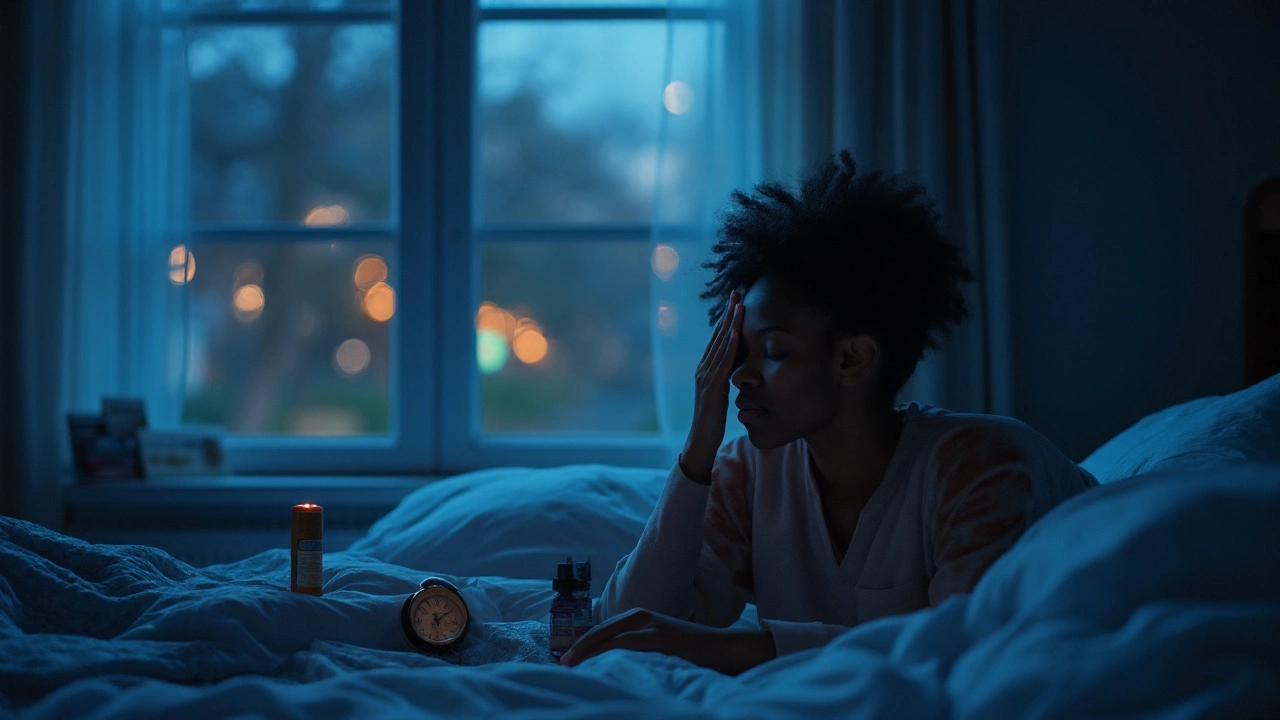
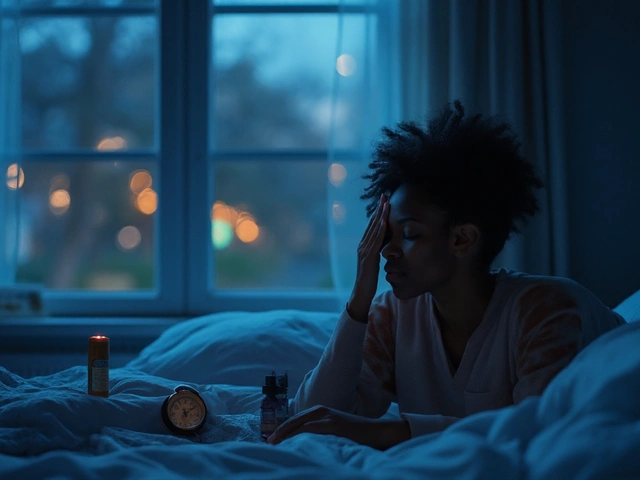
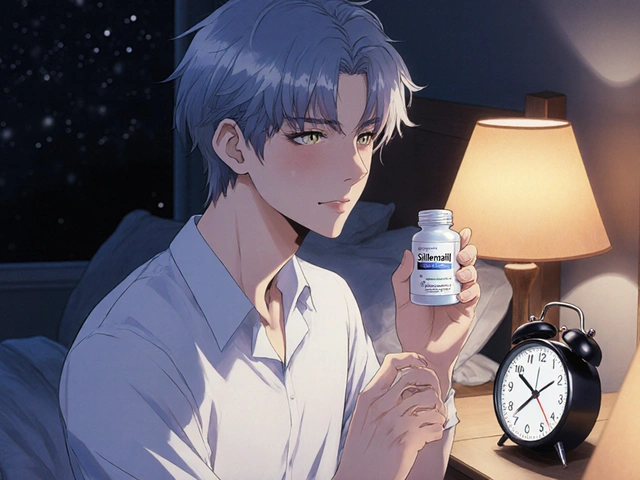
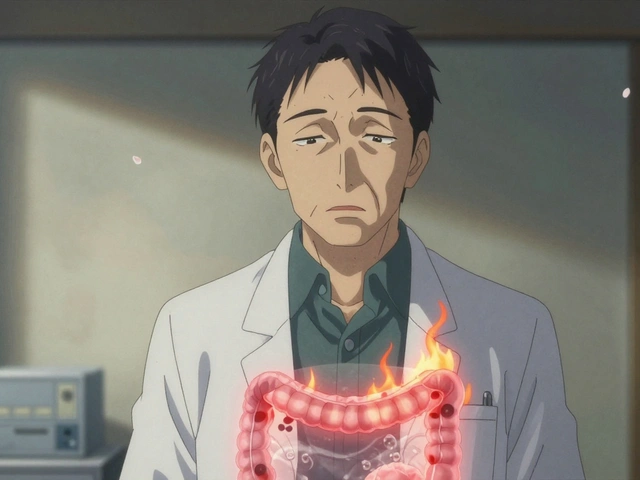
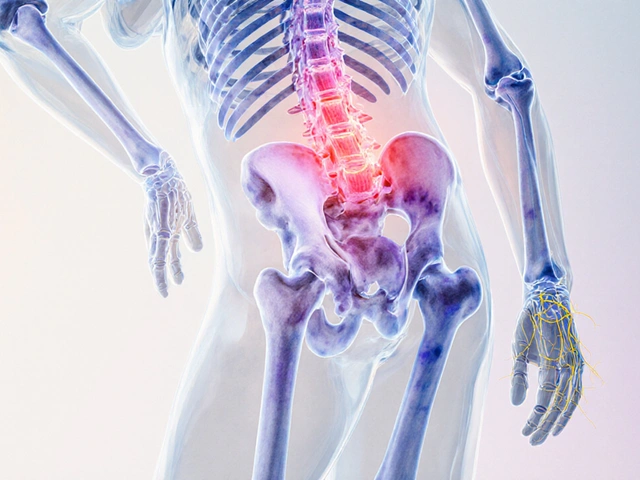

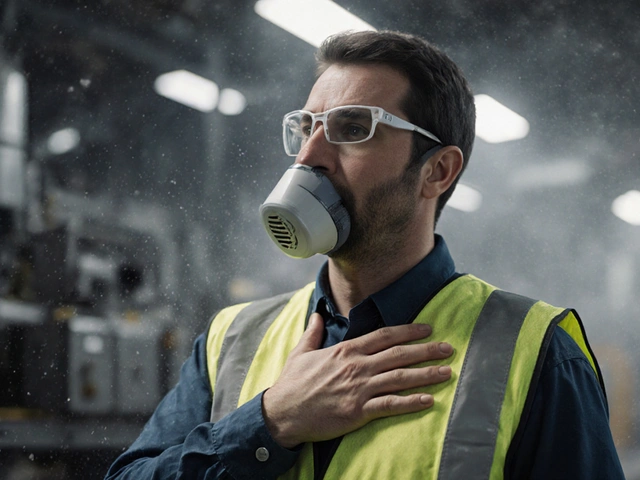
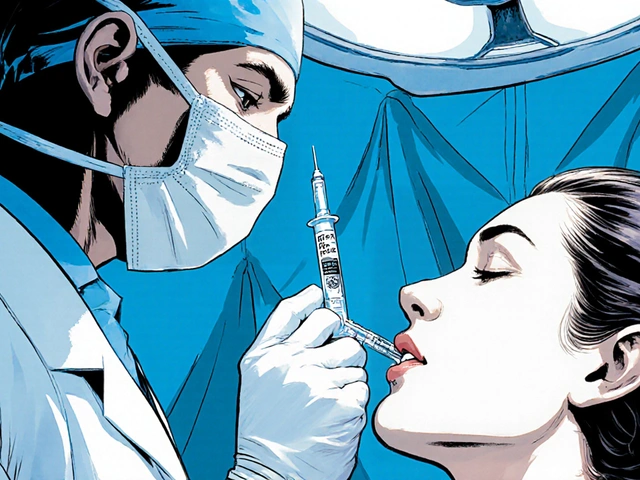
Sakthi s
September 20, 2025 AT 11:56Julia Jakob
September 21, 2025 AT 20:27Robert Altmannshofer
September 23, 2025 AT 06:43Also, side note - if you’re using eye drops, don’t forget to wash your hands before and after. I learned that the hard way after accidentally rubbing my ear with medicated fingers. Long story. Don’t be me.
Kathleen Koopman
September 23, 2025 AT 21:53vanessa parapar
September 24, 2025 AT 03:45Ben Wood
September 24, 2025 AT 13:24Abhi Yadav
September 25, 2025 AT 09:23gladys morante
September 26, 2025 AT 01:18Precious Angel
September 27, 2025 AT 20:18Melania Dellavega
September 29, 2025 AT 17:57Nancy M
October 1, 2025 AT 15:09Bethany Hosier
October 3, 2025 AT 03:45Krys Freeman
October 3, 2025 AT 10:01Rachel Nimmons
October 4, 2025 AT 13:49Shawna B
October 5, 2025 AT 15:16